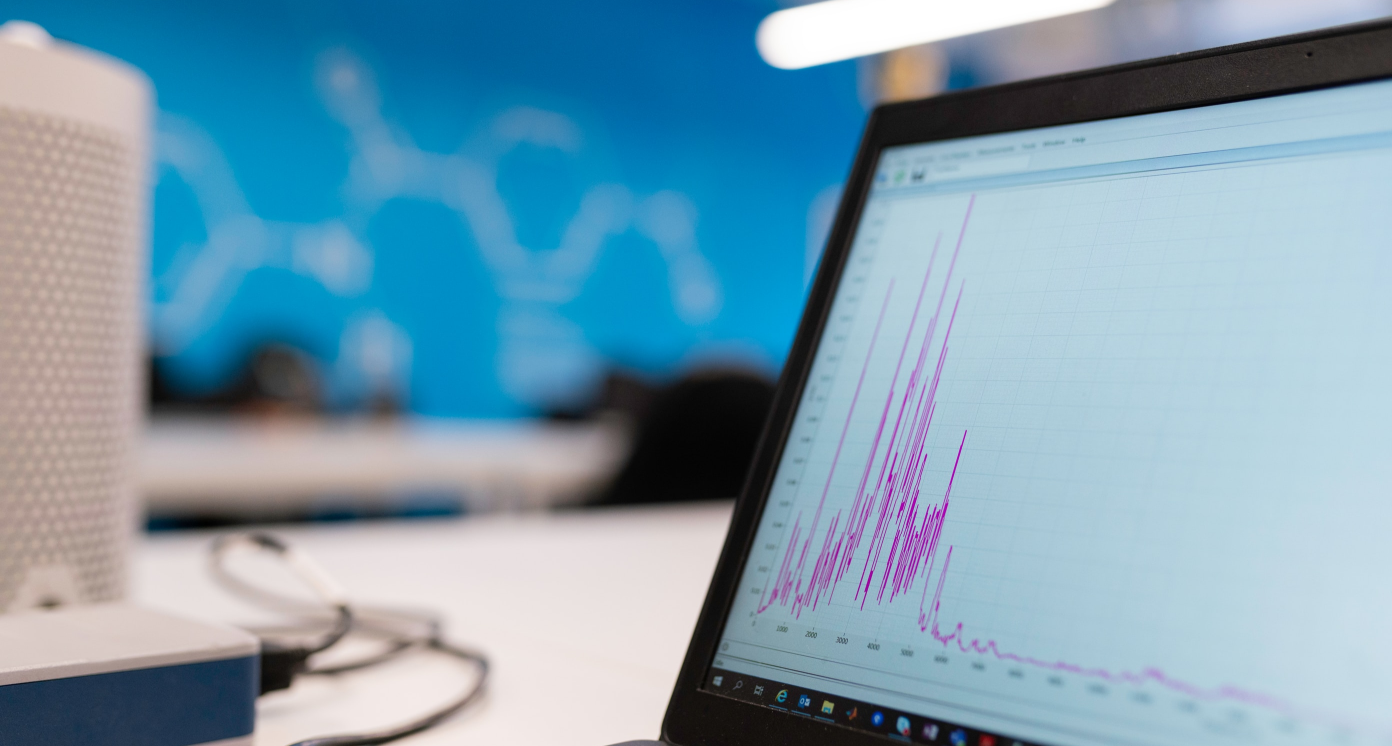Socio-Economic Analysis of Subsidies (SEAS) Simulator
Published on 04 April 2022 by UNDP and PEP
In many developing countries, consumer subsidies represent a high fiscal burden that threatens the stability of public finance equilibria. A large empirical literature shows often the inequitable distribution of subsidies and suggest that they no longer meet their intended objectives of reducing inequality and protecting the most vulnerable. Such findings increasingly reinforce the voices for reforming the current system of universal subsidies, not only for fiscal reasons, but also for better redistribution of wealth. The fiscal space created by the removal of subsidies can be channelled into green investment, correcting environmental externalities, and enhancing social protection programs, especially in the light of the impacts of the COVID-19 pandemic. Most of all, reallocation of subsidies could deliver an important boost to achieving the SDGs.
Although subsidy reform can improve macroeconomic performance and help create fiscal space to finance more productive investments, price changes can generate direct and indirect negative effects on household welfare.
The Socio-Economic Analysis of Subsidies (SEAS) simulator is intended to conduct distributional analysis of consumers’ subsidies and simulations of subsidies reforms. It estimates the impact of subsidies reforms on household welfare, poverty and inequality, and the government budget with or without compensatory cash transfers. It can be applied to energy and food subsidies. SEAS would strengthen the administration's capacity to design, implement, and continuously update social protection programs.
The Research Team
The SEAS tool was developed by UNDP’s Sustainable Development Goal Integration (SDGi) team with the Partnership for Economic Policy (PEP). PEP is a Southern-led global organisation dedicated to supporting development in the Global South by providing high-quality, locally-generated evidence that informs better decisions in policy and practice.
Note: The designations employed and the presentation of material on this map do not imply the expression of any opinion whatsoever on the part of the Secretariat of the United Nations or UNDP concerning the legal status of any country, territory, city or area or its authorities, or concerning the delimitation of its frontiers or boundaries.



